Best Practices in Access Control
Access control is a fundamental aspect of physical security that plays a crucial role in protecting assets, people, and sensitive information. Whether you're responsible for securing a commercial property, a residential community, or any facility, implementing effective access control measures is essential. In this article, we'll explore best practices in access control to help you create a secure and efficient system.
1. Conduct a Comprehensive Security Assessment
Before implementing access control measures, conduct a thorough security assessment of your facility. Identify vulnerable areas, potential risks, and critical assets that require protection. Understanding your security needs is the first step in creating an effective access control strategy.
2. Implement Multiple Layers of Security
A robust access control system consists of multiple layers of security. These layers can include:
Physical Barriers: Fences, gates, and barriers can deter unauthorized entry.
Electronic Access Control: Use key cards, biometric systems, or PIN codes to restrict access.
Video Surveillance: Combine access control with video monitoring to enhance security.
Visitor Management: Implement visitor logs and registration processes.
By combining these layers, you create a more resilient security environment.
3. Define Access Levels and Roles
Clearly define access levels and roles for individuals within your organization or community. Not everyone should have the same level of access. Segment access rights based on job functions or responsibilities. This ensures that only authorized personnel can access specific areas.
4. Implement Strong Authentication Methods
The authentication method used for access control is critical. Implement strong authentication methods such as:
Biometrics: Fingerprint or retina scans.
Smart Cards: RFID or proximity cards.
Two-Factor Authentication (2FA): Combine a card or PIN with biometrics.
Strong authentication adds an extra layer of security and reduces the risk of unauthorized access.
5. Regularly Review and Update Access Permissions
Access permissions should not be static. Regularly review and update access permissions as job roles change or security needs evolve. Ensure that former employees or residents no longer have access to the facility.
6. Monitor and Audit Access Events
Implement a robust monitoring and auditing system to track access events. This includes:
Logging access attempts and successful entries.
Notifying security personnel of unauthorized access attempts.
Conducting periodic audits to identify anomalies or suspicious activity.
7. Integrate Access Control with Other Systems
For comprehensive security, integrate your access control system with other security systems such as video surveillance, alarms, and visitor management. Integration allows for a coordinated response to security incidents.
8. Plan for Emergency Access
Create contingency plans for emergency access. Ensure that emergency responders can enter the facility quickly in case of fire, medical emergencies, or other critical situations. Emergency access should be secure but accessible when needed.
9. Educate and Train Users
Train all users, including employees, residents, and visitors, on access control policies and procedures. Emphasize the importance of security and the proper use of access control systems.
10. Regular Maintenance and Testing
Schedule regular maintenance for your access control system to ensure it operates smoothly. Additionally, conduct regular testing and drills to ensure that your system works effectively in real-world scenarios.
Conclusion
Effective access control is a cornerstone of modern security practices. By following these best practices in access control, you can create a safer environment for your organization or community. Remember that security is an ongoing process, and regularly reassessing and improving your access control measures is essential to stay ahead of emerging threats.

